Photo

Hughie Lee-Smith, The Beach (1962)
4 notes
·
View notes
Photo




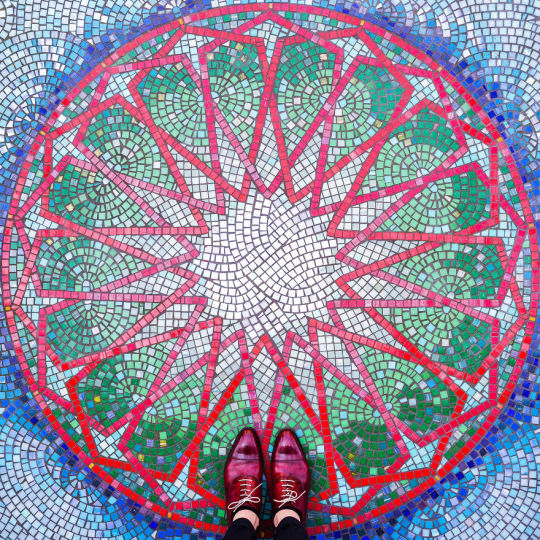



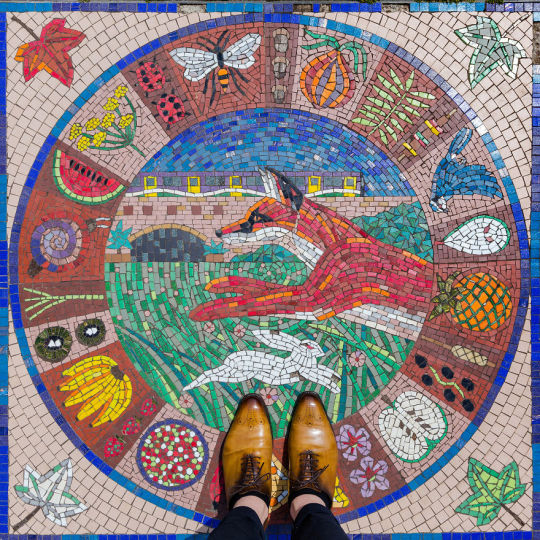

Stepping On The Rich Culture Of Barcelona - Sebastian Erras Explores The City’s Beautiful Tiles
German photographer Sebastian Erras documents the vibrant history of London’s architecture, focusing on the exquisite tilework of the city’s most affluent and renowned buildings. The architecture and design photographer paired with pixart painting to bring the collaborative series “London Floors” to life.
Each landmark has a characteristic which develops with time and as such, London is a timeless city famous for its beautiful buildings and architectural treasures. The path a tourist takes often looks up magnificent structures, however, Erras has brought a fresh perspective to London urban setting by allowing visitors to be acquainted with the iconic hydraulic mosaic imprinted on London’s ground.
3K notes
·
View notes
Photo

Pablo Picasso, Les Demoiselles D'avignon (1907)
1K notes
·
View notes
Photo

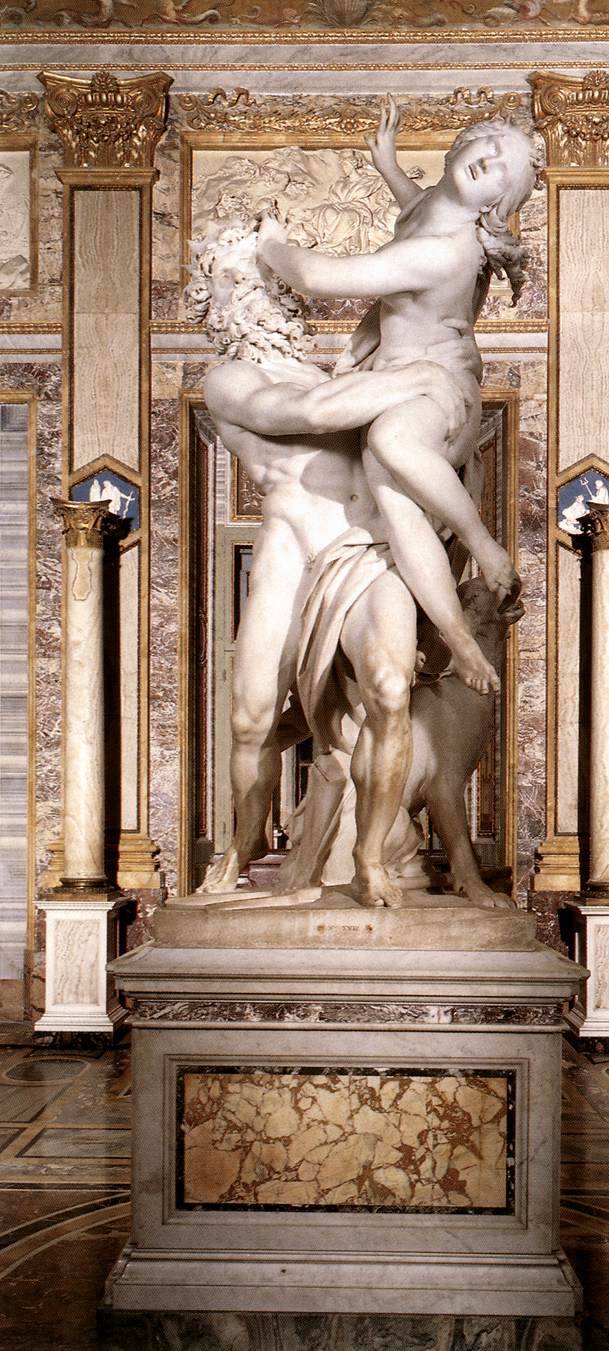
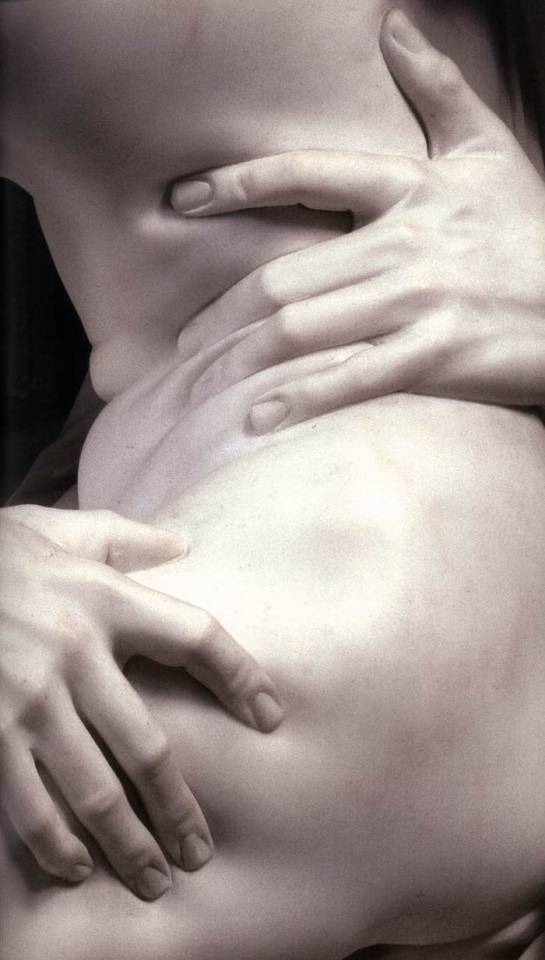
Gian Lorenzo Bernini, The Rape of Proserpina, 1621-22, marble, 295 cm [height], Galleria Borghese, Rome. Source
Bernini was just 23 years old when he executed this complex sculpture, which depicts Pluto, the Roman god of the underworld, abducting the goddess Proserpina. The way Pluto’s hands just melt into Proserpina’s flesh shows exceptional skill with the marble medium.
3K notes
·
View notes
Photo
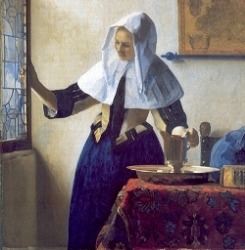

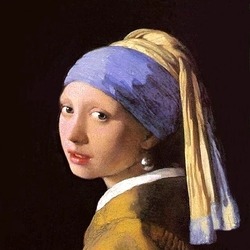



Art History Meme
1/8 Artists: Johannes Vermeer
Vermeer’s choice of subject matter was of capital importance to his concept of painting. No matter how masterfully his works are painted from a technical point of view, it would be entirely incorrect to assume that he painted for the sake of painting. His range of subjects, although not large, provided a reservoir of images that permitted him to reach deep and experiment universal emotions. His paintings are arresting for their lack of clear-cut narrative, for their externalization of seemingly inconsequential moments. [x]
774 notes
·
View notes
Photo
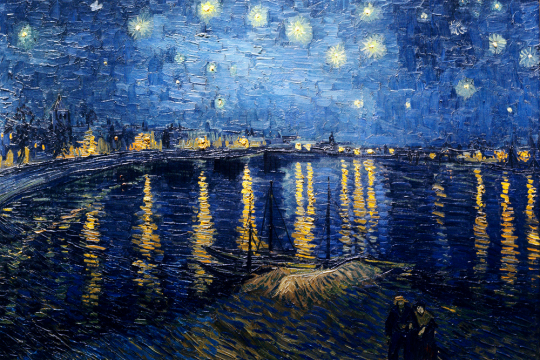
art history meme • [5/9] paintings: vincent van gogh - starry night over the rhone
It was painted at a spot on the bank of the Rhone River that was only a one or two-minute walk from the Yellow House on the Place Lamartine which Van Gogh was renting at the time. The night sky and the effects of light at night provided the subject for some of his more famous paintings, including Cafe Terrace at Night and the later canvas from Saint-Rémy, The Starry Night.
The painting was first exhibited in 1889 at the annual exhibition of the Société des Artistes Indépendants in Paris, together with the Irises. The latter was added by Theo, while Vincent had proposed one of his paintings from the public gardens in Arles.
1K notes
·
View notes
Photo

“(NOT ART)” - DLT, 2015
Helping contemporary art viewers at @ngvmelbourne.
67 notes
·
View notes
Photo

Caravaggio - St. John the Baptist, 1604.
This masterpiece sits here in Kansas City and is the most prized painting of the Nelson Atkins Museum.
106 notes
·
View notes
Photo
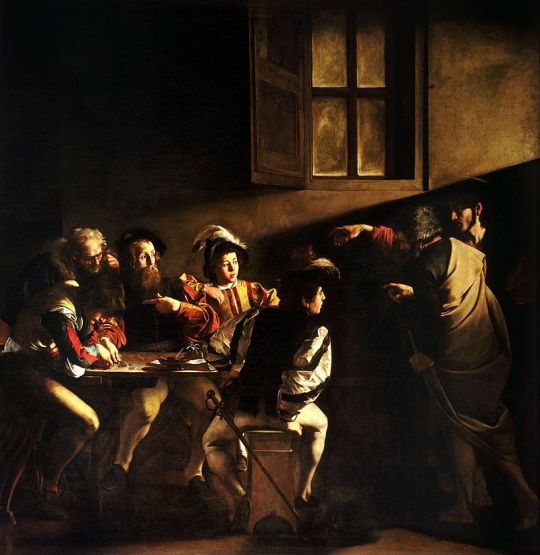
Caravaggio, The Calling of Saint Matthew, 1599-1600, oil on canvas, 322 x 340 cm, Contarelli Chapel, San Luigi dei Francesi, Rome. Source
Caravaggio’s masterpiece The Calling of Saint Matthew is located at the Contarelli Chapel in San Luigi die Francesi, the French church in Rome, where it was originally commissioned. The painting depicts the moment Matthew the tax collector is summoned by Christ, who stands to the far right and points towards the contemporary men seated at the table. The miraculous beam of light that falls on this group can be read as a kind of holy presence accompanying Christ, seeing as certain figures would certainly be in shadow if the light source was solely natural. Matthew is most-often recognised as the central figure - the one gesturing to himself - though some scholars believe this man is in fact pointing towards the slumped figure on the very end of the table. I personally quite like both readings of the composition!
704 notes
·
View notes
Photo
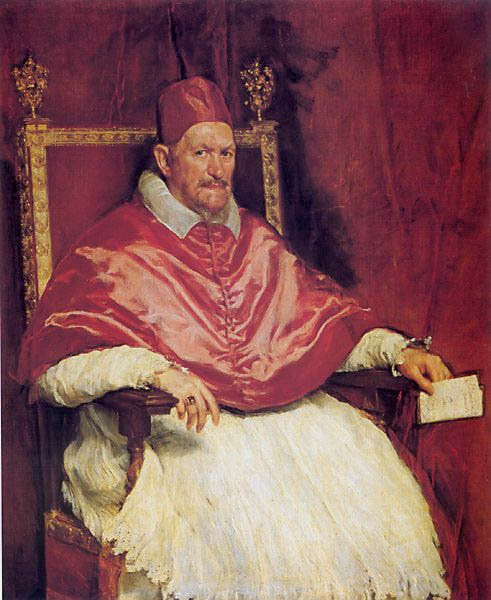
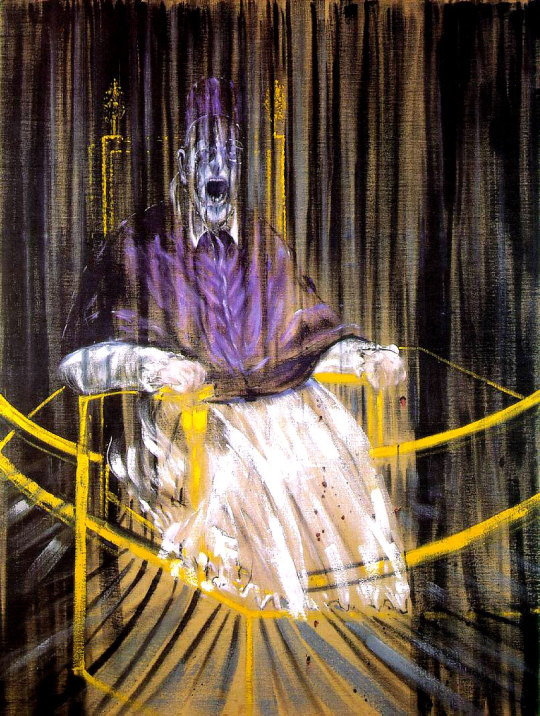
Portrait of Pope Innocent X by Diego Velázquez (c.1650) || Study after Velázquez’s portrait of Pope Innocent X by Francis Bacon (c.1953)
13K notes
·
View notes
Photo


Art History Meme [1/6] Themes or Series or Subjects
↳ Rose Windows
99K notes
·
View notes
Photo
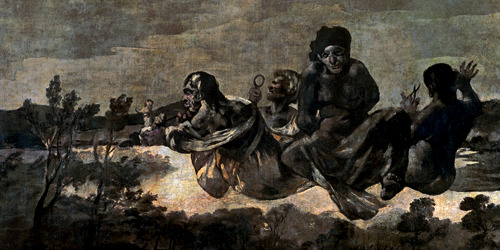
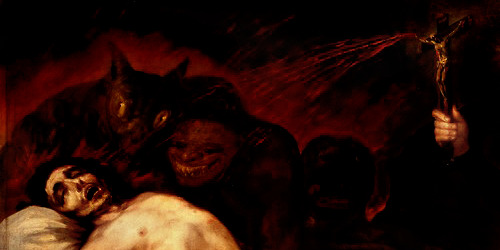
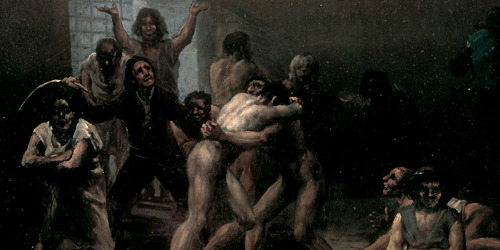


ART HISTORY MEME→ [7/8] Artists
Francisco de Goya (1748-1828)
Atropos (The Fates) from the Black Paintings (1819-1823) | St. Francis Borgia Helping a Dying Impenitent (1795) | Yard with Lunatics (1794) | Still Life:A Butcher’s Counter (1810-1812) | A Pilgrimage to San Isidro from the Black Paintings (1819-1823)
Francisco de Goya was a Spanish painter and engraver. Although he was a court painter to the Spanish crown, he is more well known for his independent works which he created towards the end of his career. In 1793, Goya suffered from a severe mental breakdown and an illness which left him deaf. He became more and more withdrawn and introverted and the subject matter of his paintings becoming significantly darker and more violent than the court portraiture from his earlier career. The more his physical and mental health deteriorated, the disturbing and gory his art became.
The last of Goya’s greatest works, known by art historians as the Black Paintings, was a series of 14 murals that were painted directly on the walls of his private villa. The murals had macabre subject matters featuring scenes of gore, death and portraits of people with twisted and contorted facial expressions. Although Goya never spoke or wrote of the paintings, they give insight on his disturbed psychological state towards the end of his life. Goya is considered one of the first great artists of the modern age, inspiring many future artists like Manet and Picasso with his imaginative scenes and bold technique.
4K notes
·
View notes
Quote
If you could say it in words there would be no reason to paint.
Edward Hopper
(via observando)
1K notes
·
View notes
Photo
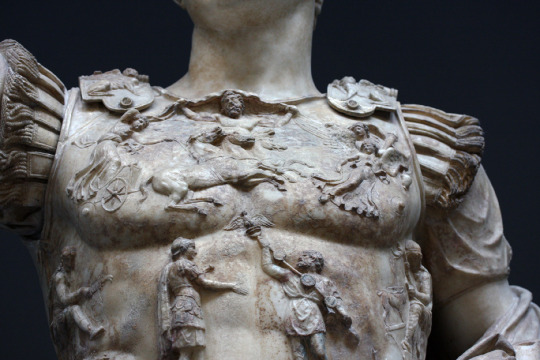
Augustus of Prima Porta (Vatican Museums) by Roger Ulrich on Flickr.
393 notes
·
View notes
Photo

Night Birds, 1962 - Lee Krasner (1908–1984)
54 notes
·
View notes
Photo

Not to be reproduced, 1937
Rene Magritte
1K notes
·
View notes
